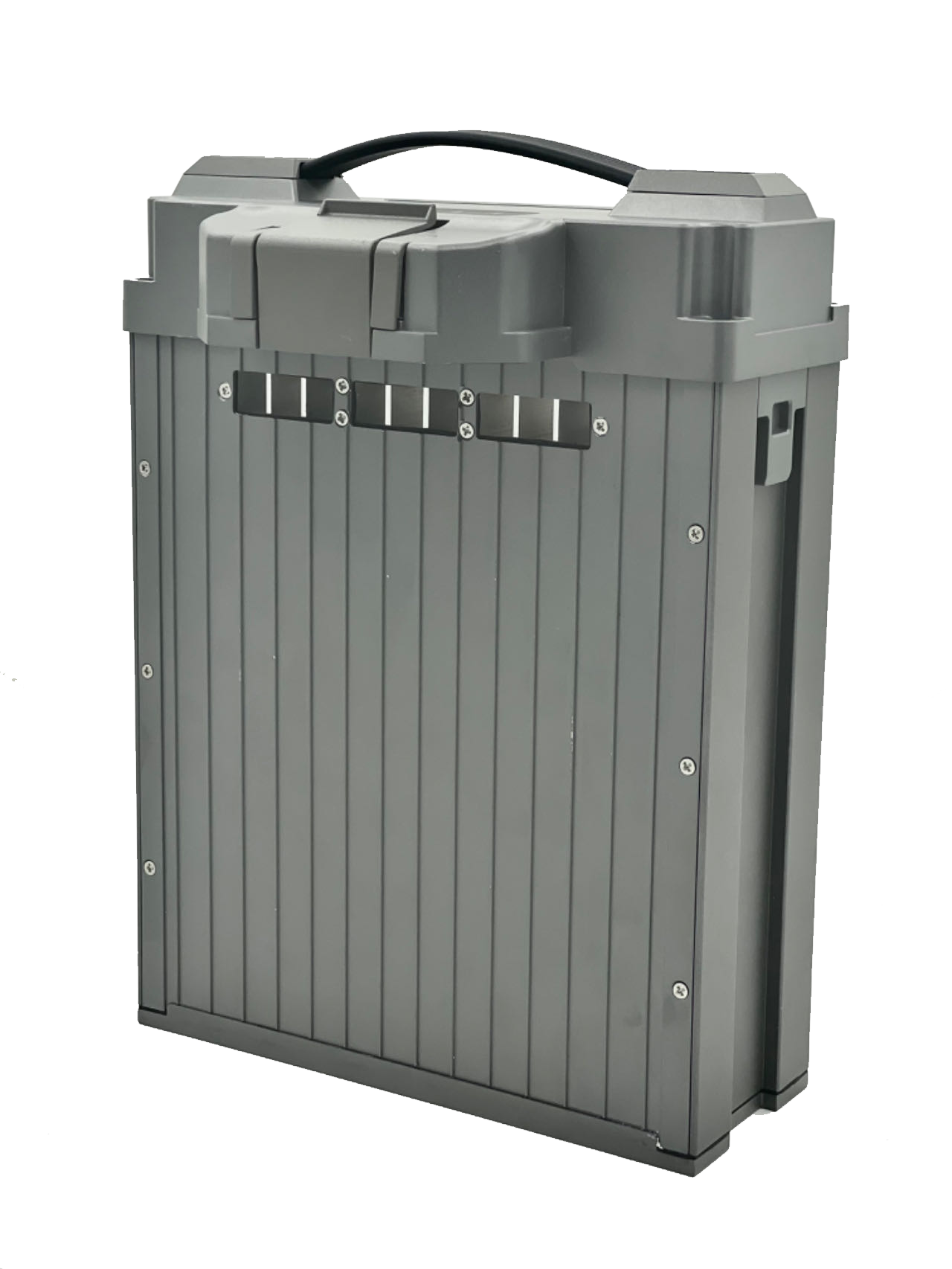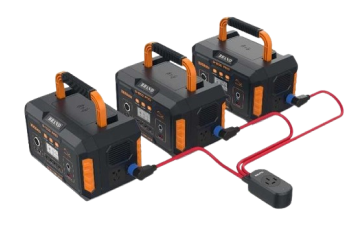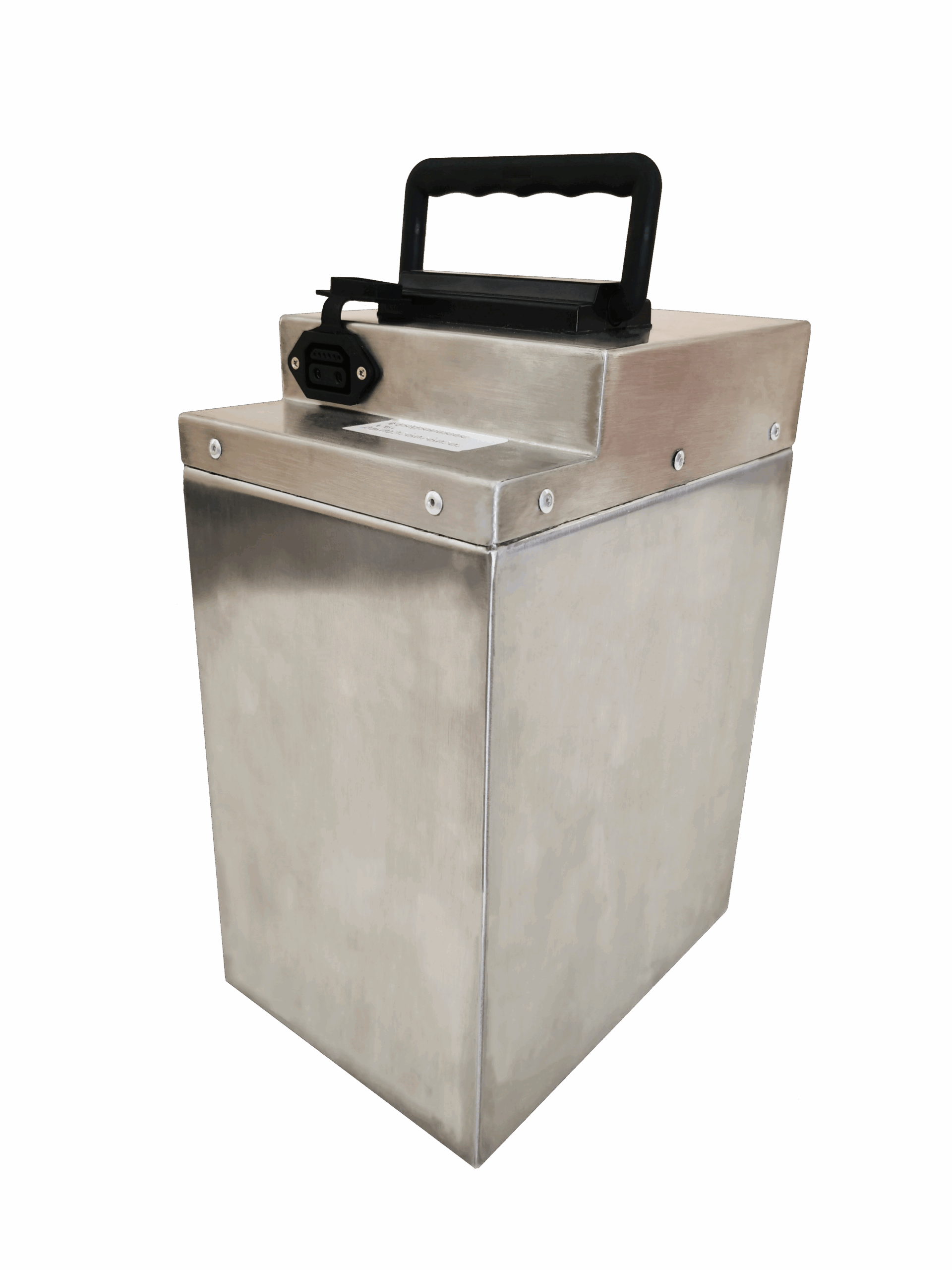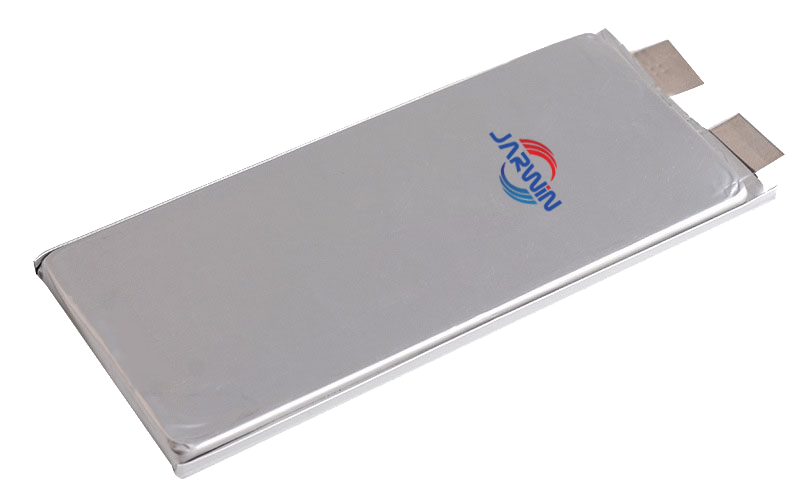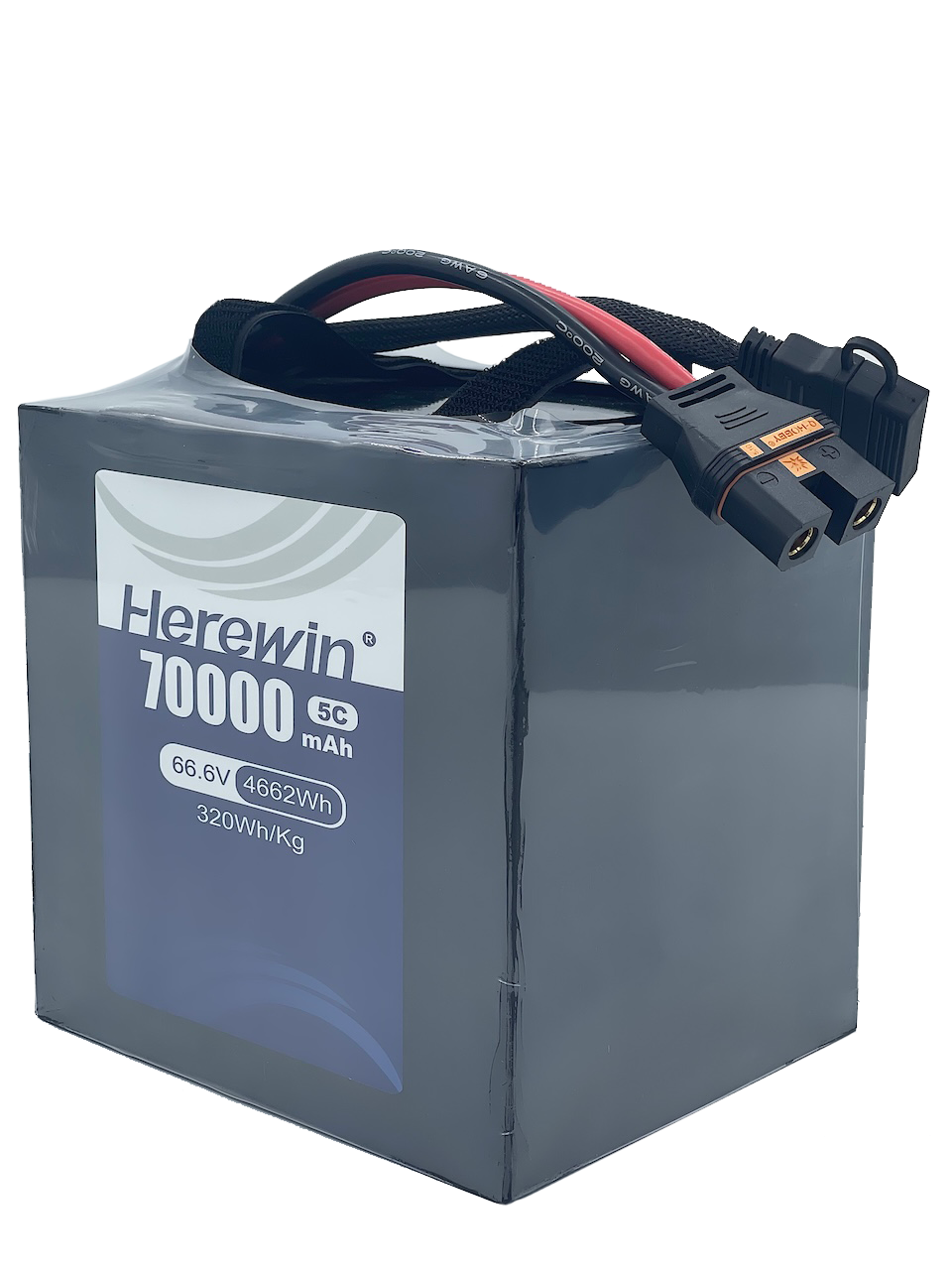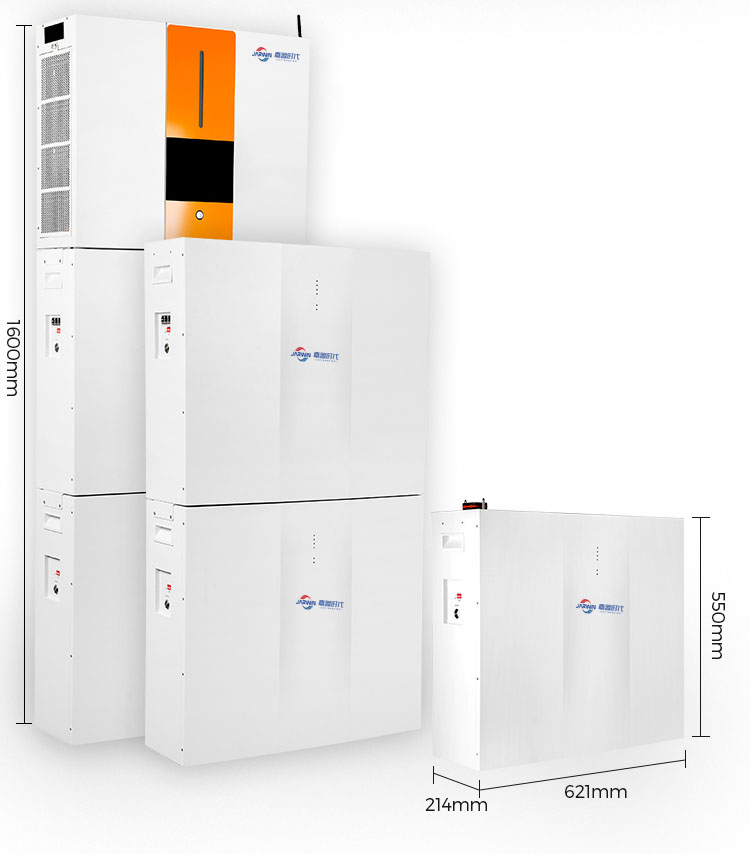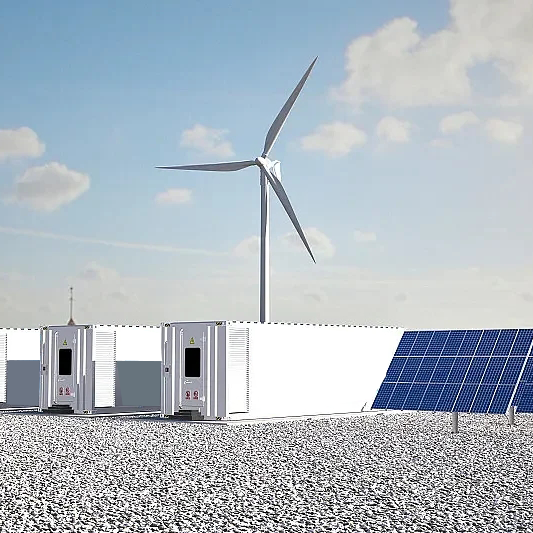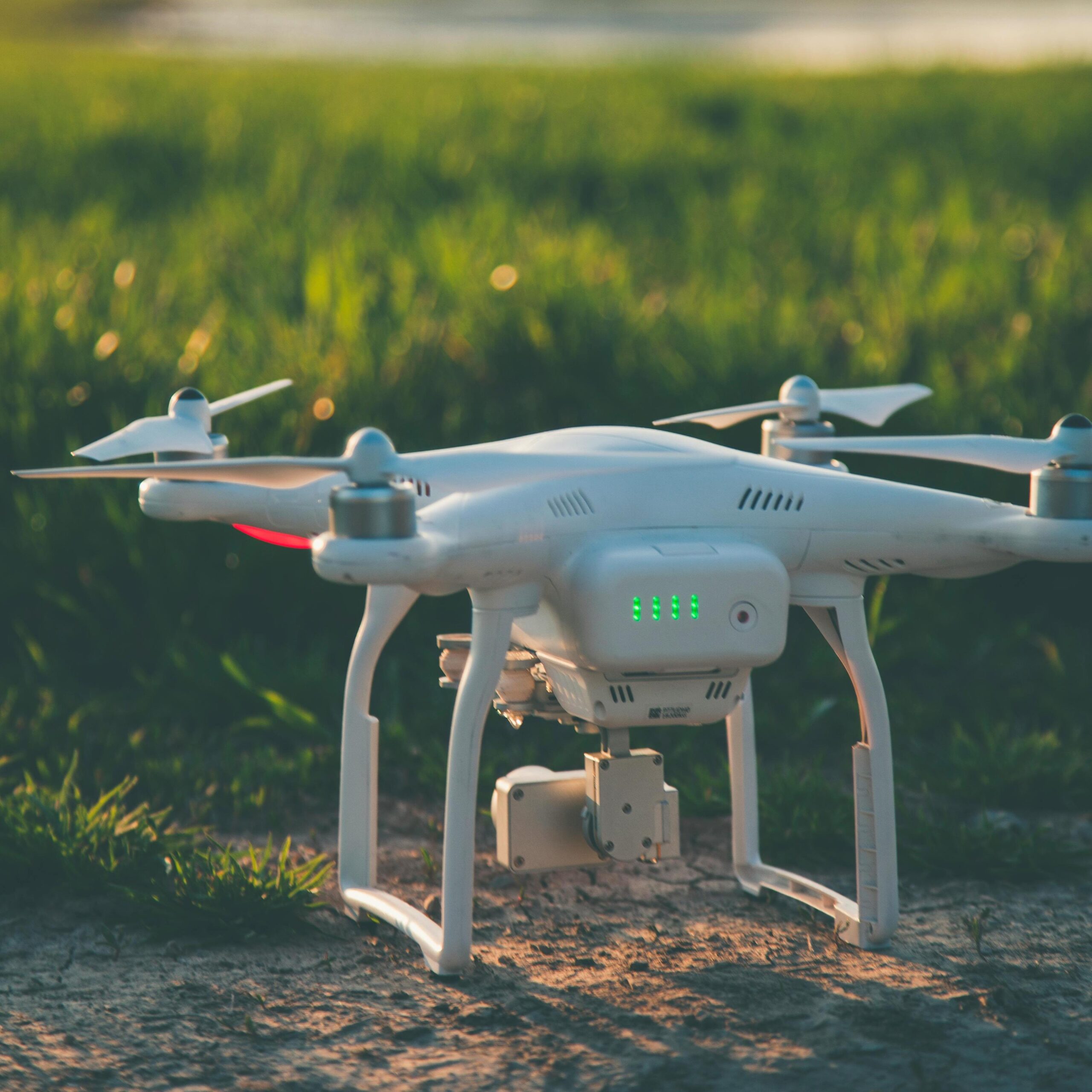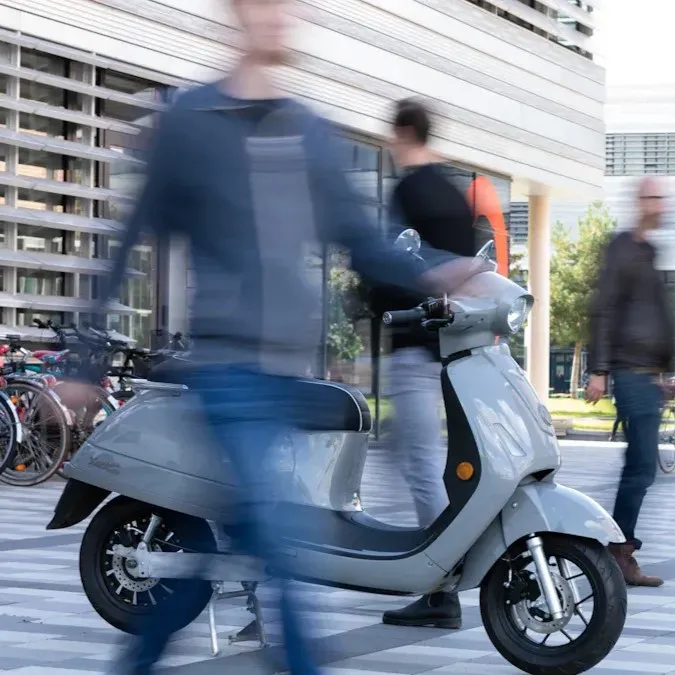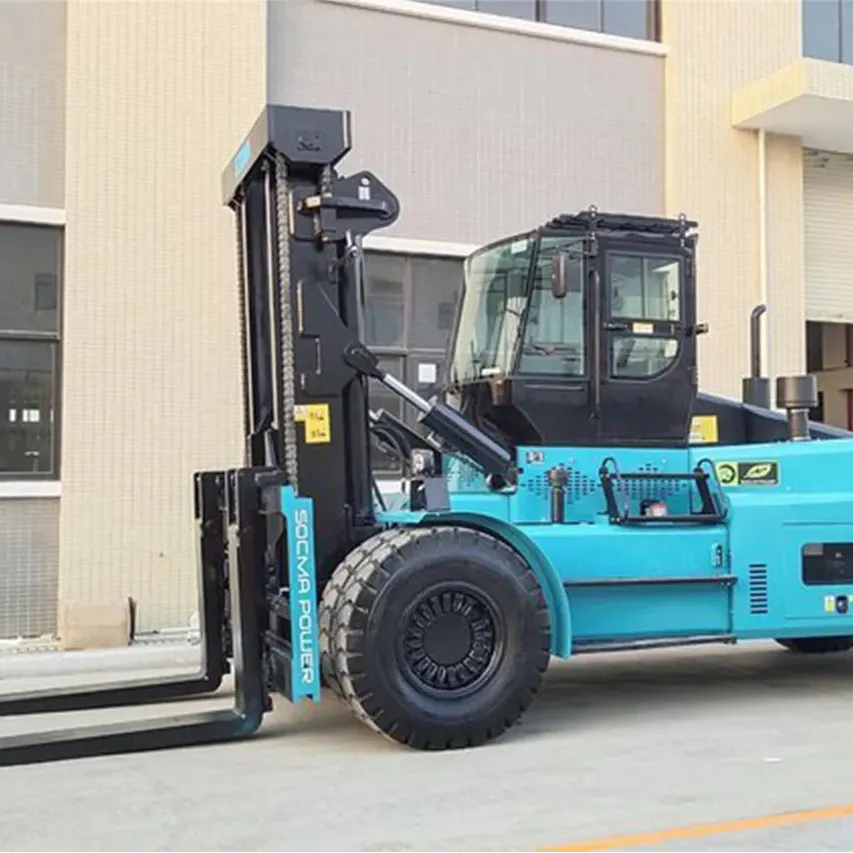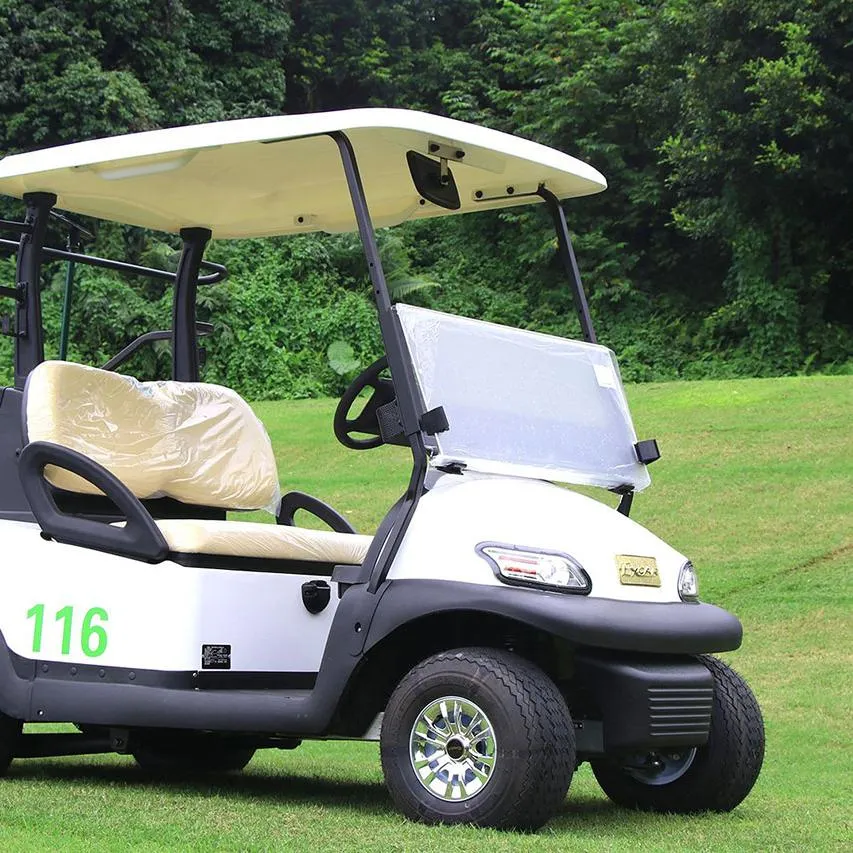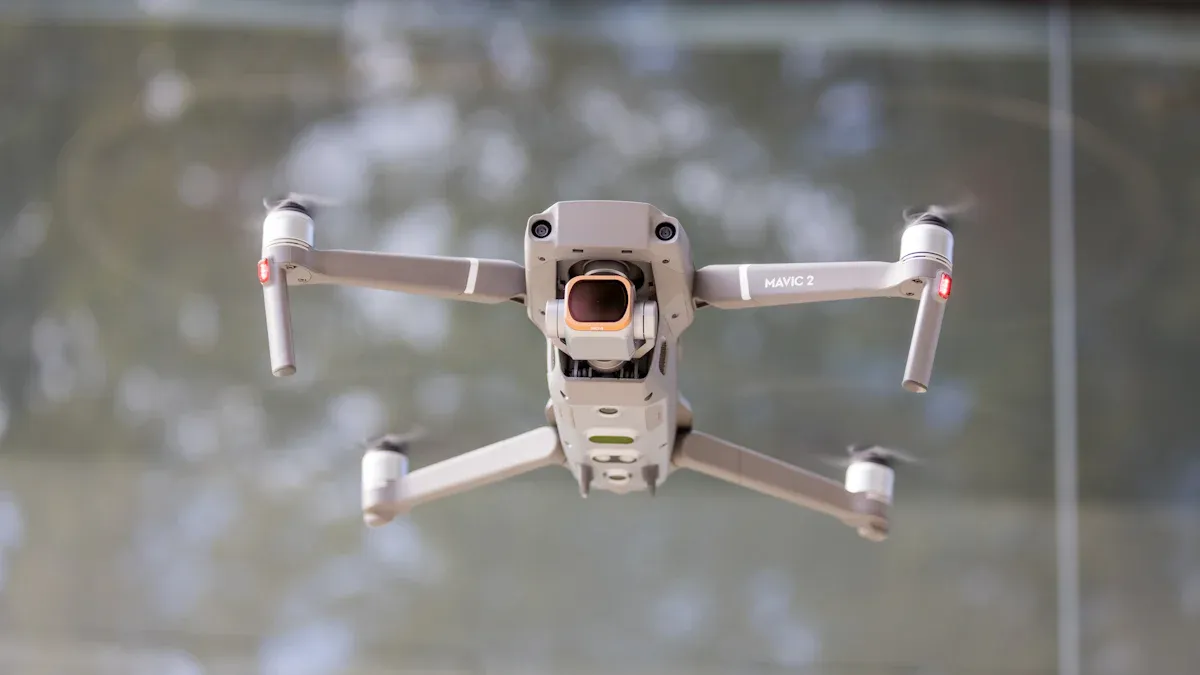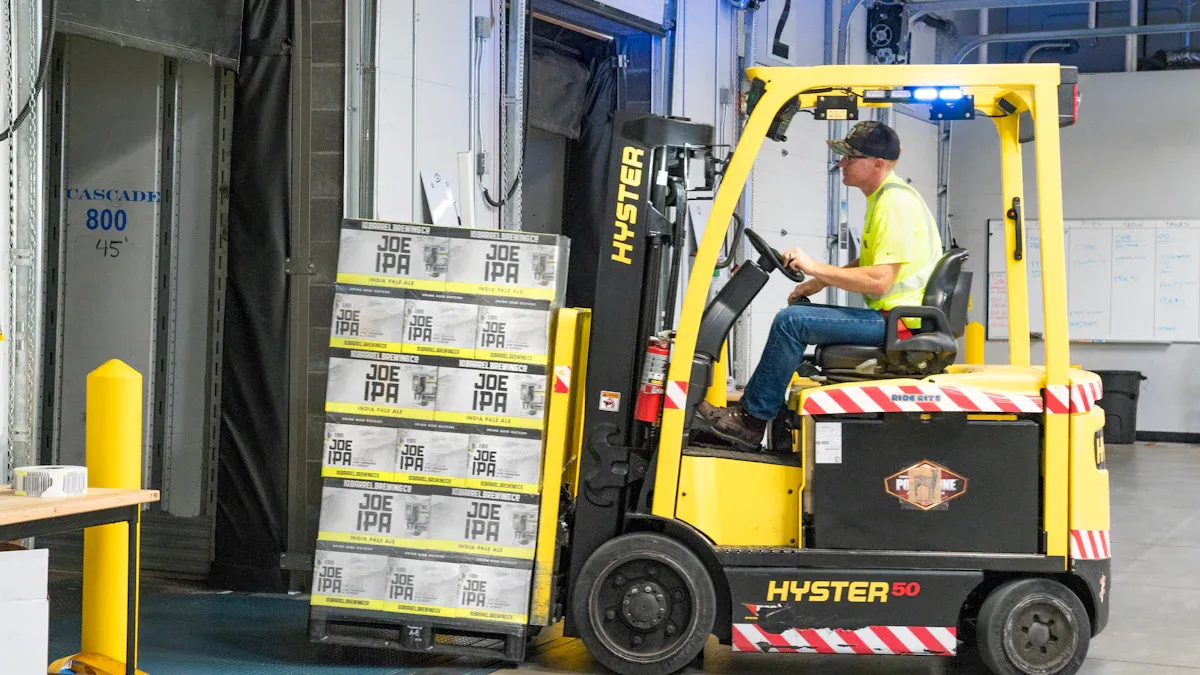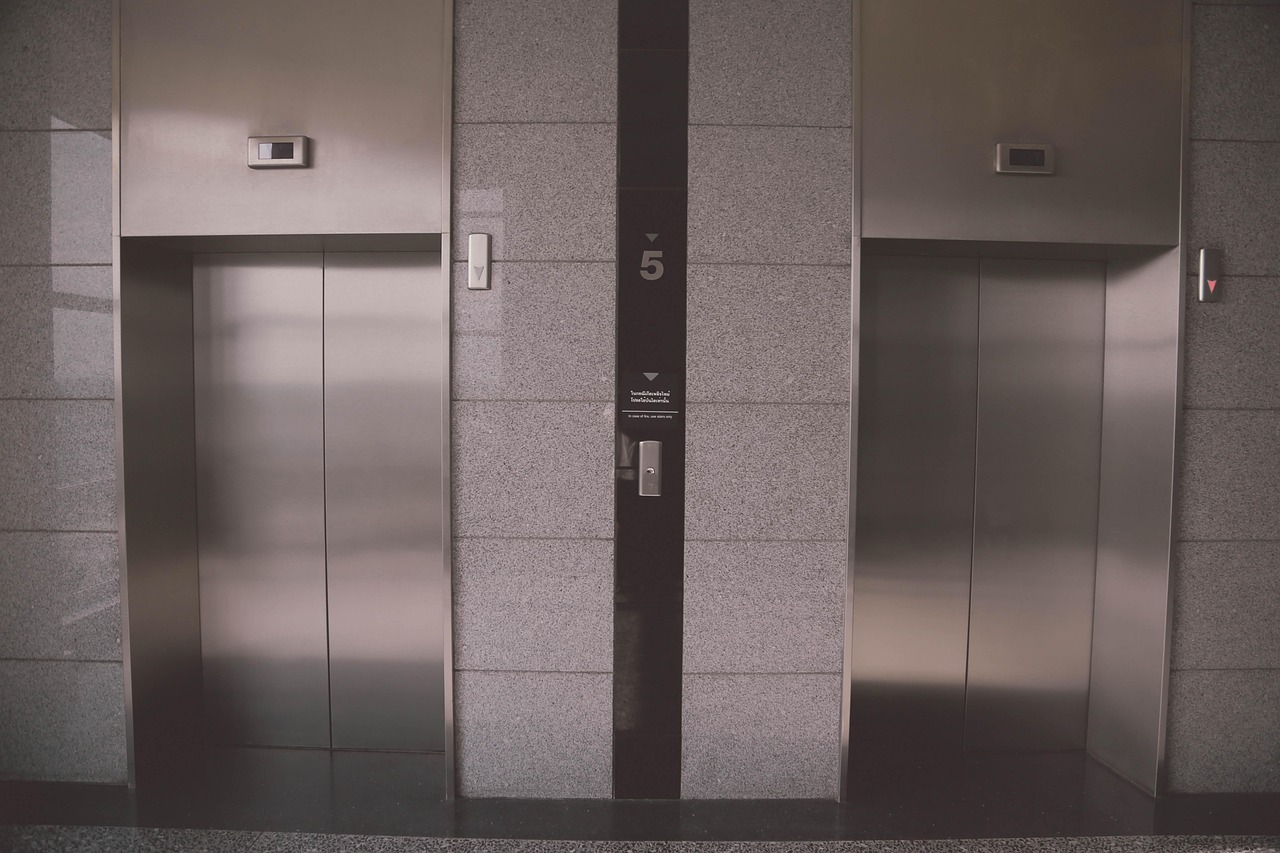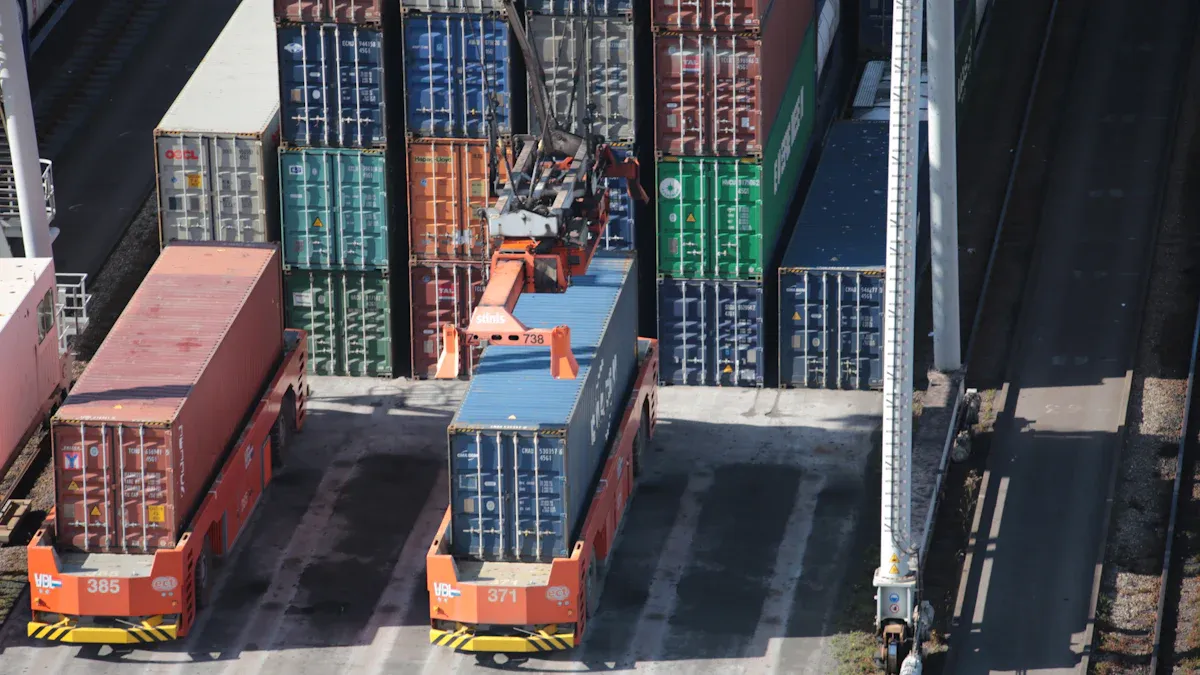
In 2025, selecting the right FPV drone battery is key to unlocking your flying experience. It determines not only your flight time, speed, and altitude but also your safety. Brands like Herewinpower are dedicated to providing high-performance, high-safety battery solutions. When choosing a battery, always match it to your drone model and flying style.
Here’s a quick overview of the most common battery types on the market:
Battery Type | Description | Application Characteristics |
|---|---|---|
3S | Good balance of weight and power. An ideal choice for beginners. | Lower cost, perfect for practice and casual flying. |
4S | Provides more powerful performance for racing. | Demand is growing as FPV racing gains popularity. |
6S | Delivers higher power, suitable for advanced drones and heavy lifting. | Higher cost, primarily for professional pilots. |
Others | Designed for specific uses and emerging technologies. | Meets niche needs and applications for new tech. |
ประเด็นสำคัญ
Choose the Right Battery: 3S is good for beginners; 4S is for racing; and 6S is for advanced, long-range flying.
Consult Your Drone Manual: Always follow the manufacturer’s battery specifications. Using the wrong battery can damage your equipment.
Charge Correctly: Always use a balance charger and avoid overcharging.
Store Safely: For long-term storage, keep the voltage at about 3.8V per cell in a cool, dry place to extend its lifespan.
Inspect Regularly: Check the battery for any signs of swelling or damage before and after each flight. If you notice any issues, stop using it immediately.
FPV Drone Battery Guide: Top Picks for 2025
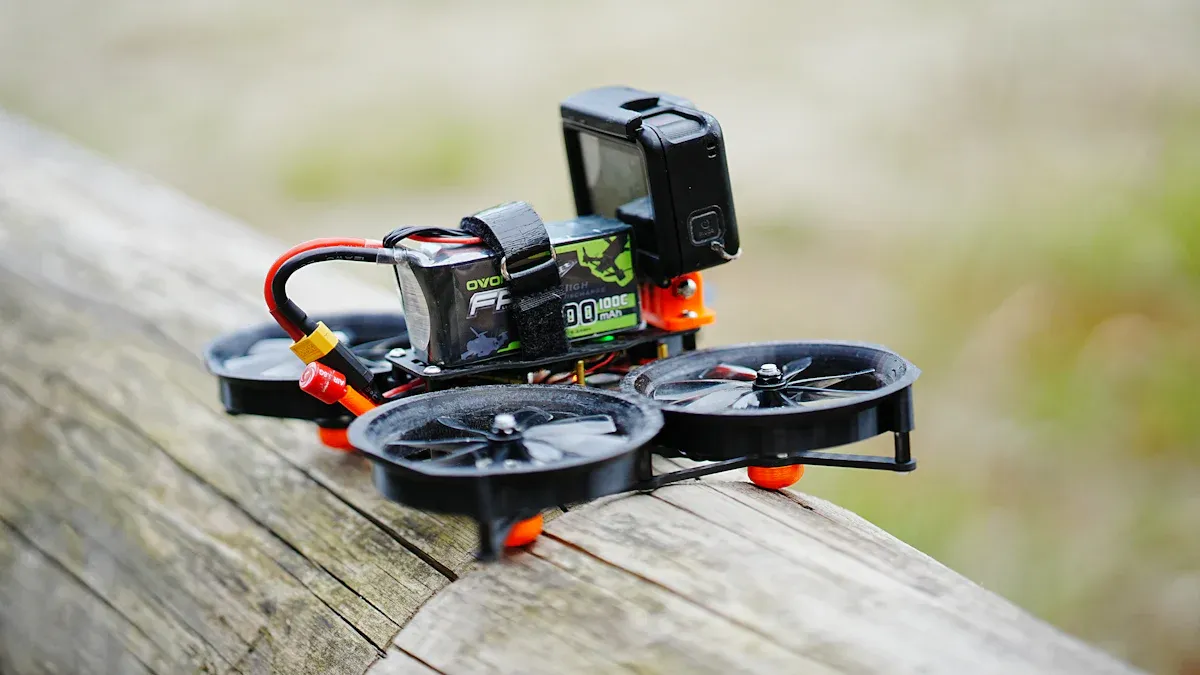
Choosing the right battery helps your drone fly longer and faster while keeping it safe. The battery should fit both your drone model and your flying style. Let’s explore the best batteries for 2025.
Best Batteries by Popular Models
Different drones need batteries that match their size and purpose. Small racing drones require light and high-burst power, while larger drones need more energy and longer endurance. Herewin Power leverages its advanced semi-solid technology to offer lighter, safer batteries. These batteries work stably in a wide temperature range from -20°C to 60°C and support fast charging up to 80% in 30 minutes. Their smart Battery Management System (BMS) effectively monitors battery status, ensuring both safety and performance.
Here are some battery recommendations for popular FPV drone models in 2025:
Drone Model | Recommended Battery Type | Suggested Capacity | Advantage |
|---|---|---|---|
Nazgul5 | 6S LiPo or Semi-Solid | 1300-1500mAh | Great performance and balanced flight time. |
DJI Avata | 1S or 2S LiPo | 300-450mAh | Lightweight and agile, perfect for indoor flying. |
ASHATA RC Drone Battery | 6S LiPo or Proprietary Battery | 1800-2400mAh | Good compatibility and stable flight. |
iFlight Chimera7 | 6S Semi-Solid | 3000-5000mAh | Top choice for long-range, providing stable power. |
Tip: Herewin Power batteries have passed global certifications like UN38.3, MSDS, CE, and RoHS. Their smart BMS provides real-time monitoring to prevent overcharging and can be compatible with mainstream drones.
Battery Recommendations by Flying Style
Your flying style dictates your battery needs. This guide provides an overview of how to match battery specifications to your unique flight application, whether it’s for racing, cinematic, or long-range flying.
Here is a table to help you choose:
Flying Style | Suggested Battery Specs | Notes |
|---|---|---|
Freestyle | 4S/6S 1300–1500mAh, 70–100C | Power and quick moves |
Racing | 6S 1000–1300mAh, 90–130C | Fast speed, sharp turns |
Cinematic | 4S 1500–2200mAh, 45–75C | Smooth flight, longer time |
Long-range | 6S 3000–5000mAh, 100C+ | Long flights, steady power |
ยกของหนัก | 6S 5000–10000mAh, 100–120C | Carry more, fly longer |
Battery Types and Technologies
LiPo, Li-ion, and Semi-Solid-State
When choosing an FPV drone battery, you’ll encounter three main types: Lithium Polymer (LiPo), Lithium-ion (Li-ion), and Semi-Solid-State. Each has its own unique strengths.
LiPo Batteries: These are the most common choice for FPV drones due to their high power-to-weight ratio. LiPo batteries can deliver a massive burst of power, making them ideal for racing and freestyle flying. However, they require careful handling and have a shorter overall lifespan.
Li-ion Batteries: Known for their high energy density, Li-ion batteries can store more power in a smaller and lighter package than LiPo batteries. This makes them the top choice for long-range and cinematic drones where extended flight time is the main priority. They are also generally safer and have a longer lifespan, though they have a lower discharge rate.
แบตเตอรี่กึ่งโซลิดสเตต: Herewinpower is focused on developing and refining next-generation battery technology. Its semi-solid-state solution, which utilizes a unique gel electrolyte instead of a liquid, significantly enhances battery safety by reducing the risk of internal short circuits. This technology offers a balanced performance, combining the high-power output of a LiPo with the superior energy density and long lifespan of a Li-ion. Additionally, it provides reliable performance across a wide temperature range, from -20°C to 60°C, ensuring durability in diverse conditions.
The table below helps you quickly compare the three types:
Battery Type | Key Features | Energy Density Comparison |
|---|---|---|
Semi-Solid-State Li-ion | High energy, fast discharge, long life, light, compact | |
Li-ion | Good discharge, strong energy, lasts long | ดี |
LiPo | Lightweight, quick power, easy for racing | Standard |
Tip: For applications requiring extended flight duration and reliability under demanding conditions, semi-solid-state batteries provide a robust solution.
Pros and Cons
Every battery has its good and bad sides. You need to know them all.
Semi-Solid-State: Pros are long life, high power, good safety, and all-weather use; Cons include a higher cost.
Li-ion: Pros are a good balance, high safety, and long life; Cons are being a bit heavier than LiPo.
LiPo: Pros are lightweight, fast power, and low cost; Cons include a shorter life and the need for careful handling.
The FPV Drone Battery Guide helps you match the right battery to your flying style. Think about what matters most to you—speed, flight time, or safety.
Choosing the Right Battery
Voltage and Capacity
When you choose a battery, voltage and capacity are important. Voltage gives your drone the power it needs. Capacity tells you how long your drone can fly. Most FPV drones use 4S or 6S batteries. 4S batteries have 14.8V. 6S batteries have 22.2V. You can see these numbers in the table below:
Battery Type | Voltage | Capacity (mAh) |
|---|---|---|
4S | 14.8V | 1300–1500 |
6S | 22.2V | 1100–1300 |
Consumer drones often use batteries from 4,500mAh to 6,000mAh. Professional drones can use batteries over 10,000mAh for longer flights. Bigger batteries let you fly longer, but they are also heavier. You need to find the right balance for your drone. If you race, a 1300mAh battery lasts about three minutes. For longer races, you might want a 1500mAh battery. Higher voltage batteries give your drone more power and speed, helping it fly better and last longer.
Discharge Rate (C-Rating)
The C-rating shows how fast your battery can give power. Racing drones need a high C-rating for quick moves, while long-range drones need steady power for longer flights. Look at this table:
Drone Type | Battery Type | Capacity (mAh) | C-rating |
|---|---|---|---|
4S & 6S | 1300–1550 | 150C or higher | |
Long-range/Freestyle | 6S | 1050–1300 | High C rating |
A higher C-rating means your drone gets power faster. If you do tricks, you need enough power for them. For smooth video, you want steady power.
Weight and Compatibility
Battery weight changes how your drone flies. Heavy batteries let you fly longer, but they slow your drone down. Light batteries make your drone move faster and turn quicker. You should match the battery weight to your drone’s size and job. Always check if the battery fits your drone and matches the connector. The total weight, including the battery and anything you carry, affects flight time and how your drone moves. Herewinpower makes batteries that are light but strong, so you get longer flights without losing speed.
Matching Battery to Flying Style
The FPV Drone Battery Guide helps you match the right battery to your flying style. Here is a table to help you choose:
Flying Style | |
|---|---|
Racing | High voltage, high C-rating for speed and sharp turns |
Long-range | Higher capacity, lower weight for longer flights |
Cinematic | Moderate voltage and capacity for smooth flight |
Freestyle/Ultralight | Lightweight, enough power for agility and tricks |
Herewinpower lets you pick your battery features. You can choose the voltage, capacity, and connector. Their engineers help you plan the best battery for your drone. You get a battery that fits your drone and how you fly.
Battery Safety and Maintenance
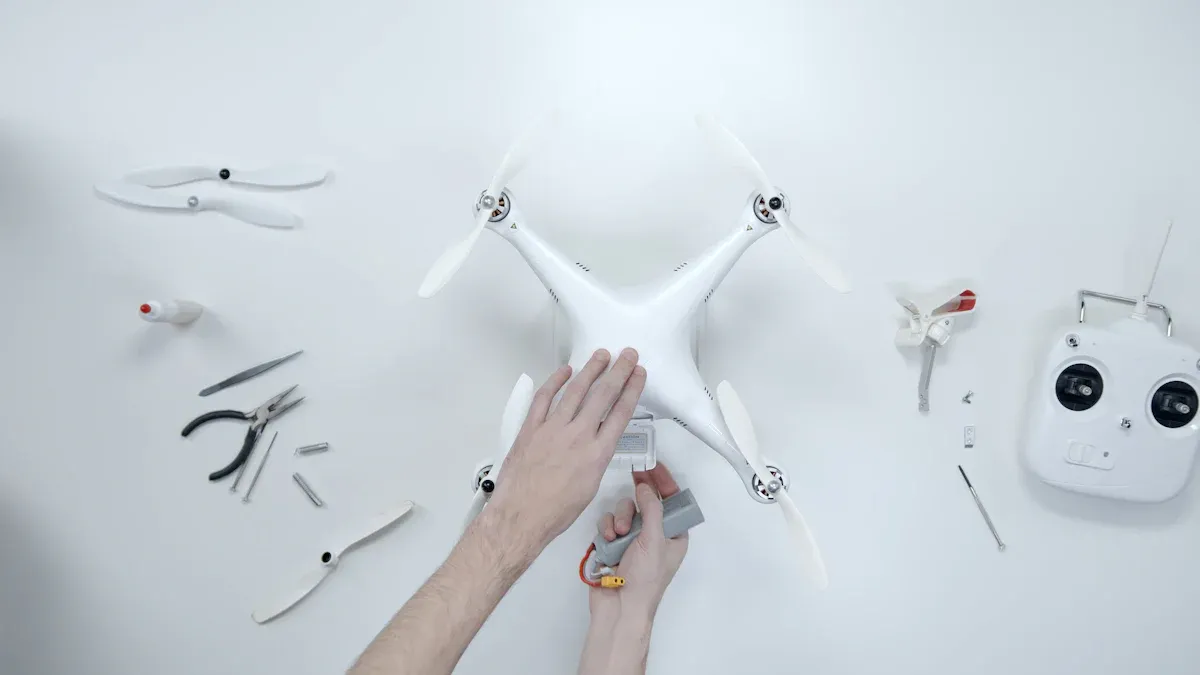
Keeping your FPV drone battery safe is simple if you follow a few easy steps. These practices will help your batteries last longer and prevent potential problems.
Charging Practices
Charging your battery correctly is crucial for both safety and longevity.
Always use a balanced charger made for your battery, and make sure you set the right voltage and cell count.
Unplug the battery as soon as it’s fully charged; don’t leave it connected overnight.
Charge your battery in a cool, dry place. Don’t charge it if it’s too hot or too cold.
Before and after charging, check your battery for any signs of swelling or damage.
The smart Battery Management System (BMS) in Herewinpower batteries monitors each cell’s voltage and temperature in real time. It will automatically disconnect the battery if a problem is detected, adding an extra layer of safety.
Storage and Handling
Proper storage and handling habits are vital to prevent accidents and keep your batteries in good working condition.
For long-term storage, keep batteries at about 3.8V per cell.
Store batteries in a cool, dry place, away from direct sunlight or heat.
Always use fireproof bags or boxes to store your batteries.
Never store batteries fully charged or completely empty for a long time.
Rotate your batteries to ensure you use them all evenly.
Disposal and Recycling
When a battery reaches the end of its service life or needs to be decommissioned, proper disposal is a necessity for both safety and the environment.
You must comply with local regulations for battery disposal.
Prior to disposal, batteries should be fully discharged using a dedicated tool.
Old batteries should be brought to a designated recycling center or handled through an authorized collection program.
Maximizing Performance and Lifespan
Keeping your FPV drone batteries safe and healthy is simple and essential. By following a few key practices, you can maximize their performance and extend their lifespan, preventing issues before they happen.
Temperature Management
Extreme temperatures are a battery’s worst enemy.
Preheat in cold weather: In temperatures below 10°C (50°F), preheat your batteries before flying to ensure they deliver full power without risking damage. Use a battery warmer or simply keep them in your pocket.
Avoid extreme heat: Never leave your batteries in a hot car or in direct sunlight, as high heat is a primary cause of battery swelling.
Cool down after flight: High-intensity flights generate heat. Always let your batteries cool down naturally to room temperature before you charge them.
Charging and Storage Practices
Proper charging and storage are the most important steps for a long battery life.
Balance charging: Always use a balanced charger to ensure every cell in your battery has the same voltage. This prevents overcharging and extends its life.
Store at the right voltage: For long-term storage (more than a day or two), charge or discharge your batteries to 3.8V per cell.
Use a safe place: Use a fireproof charging bag and store your batteries in a cool, dry place, away from sunlight and heat.
Avoid overcharging: Unplug your battery as soon as it’s fully charged. Never leave it charging unattended.
Herewinpower batteries come with a smart Battery Management System (BMS) that helps with these practices. The BMS monitors each cell’s voltage and temperature, preventing overcharge, over-discharge, and other issues.
Handling and Inspection
Treat your batteries with care and inspect them regularly.
Inspect before and after flights: Look for any signs of swelling or puffing, leaks, or other physical damage. Stop using a damaged battery immediately.
Keep it clean: Regularly clean the battery contacts to ensure a reliable connection.
General care: Fly smoothly, avoid sudden moves, and remove any extra weight from your drone. If your smart battery has firmware, make sure to update it.
Decommissioning and Disposal
Even with proper maintenance to maximize its performance, a battery will eventually reach the end of its useful life. To ensure safety, follow these final decommissioning guidelines:
Full Discharge: Prior to disposal, the battery must be fully discharged using a professional tool.
Comply with Regulations: Strictly adhere to all local regulations for battery recycling and disposal.
Professional Handling: Take the battery to a designated recycling center or use an authorized collection program for safe disposal.Troubleshooting Battery Issues
Troubleshooting Common Battery Issues
Even with the best care, you might run into issues with your batteries. Here’s a quick guide to troubleshooting common problems and knowing what to do.
Swelling and Puffing
A puffy or swollen battery is a critical warning sign that you should never ignore. Swelling is caused by gases building up inside the battery, usually due to overheating, over-discharging, or physical damage.
What to do: If you notice swelling, stop using the battery immediately. Do not attempt to charge or use it again.
Get help: Contact Herewin Power’s support team for advice on what to do next.
Voltage Imbalance
Voltage imbalance occurs when one or more cells in your battery have a different voltage than the others. This can make your drone fly poorly or even damage the battery.
How to check: You can spot voltage imbalance by using a multimeter on the battery’s balance lead or by checking the voltage readings in your drone’s flight controller software, like Betaflight Configurator.
How to fix: A balanced charger is designed to fix this issue by ensuring all cells are at the same voltage. If the problem persists, the battery may be reaching the end of its life.
Old or Damaged Batteries
Old or damaged batteries need special care. Never throw them in the trash.
Safe disposal: As we covered in the maintenance section, safely discharge the battery completely and then take it to a designated recycling center for proper disposal.
Expert guidance: Never try to open, burn, or toss a battery in the regular trash. If you are unsure how to proceed, contact your local recycling center or Herewin Power’s support team for guidance.
Batteries are a core asset of any drone system. This guide is designed to provide you with a professional knowledge base, empowering you to precisely manage and optimize your battery performance.
The FPV technology landscape is continuously evolving, and the demands on battery performance are becoming increasingly stringent. Our solutions are designed to ensure your equipment remains at the forefront of performance. For any technical requirements or inquiries regarding customized solutions, our expert team is available to provide you with support.
คำถามที่พบบ่อย
What is the recommended storage protocol for FPV drone batteries?
Batteries should be stored at a nominal voltage of 3.8V per cell in a cool, dry environment. Utilize a fireproof container for enhanced safety. Avoid storing batteries in a fully charged or fully depleted state for extended periods.
How do I determine when to decommission a drone battery?
Key indicators for replacement include physical swelling, abnormal odors, or a significant reduction in flight duration. Any signs of damage or excessive heat post-flight also necessitate immediate replacement.
Can any charger be used with a Herewinpower battery?
No, it is imperative to use a balanced charger that aligns with the battery’s specific voltage and cell count. This practice is crucial for maintaining cell health and ensuring operational safety.
Why do my batteries generate heat during operation?
Heat generation is a natural byproduct of high-rate discharge. Activities such as high-speed racing, performing acrobatic maneuvers, or carrying heavy payloads will increase the battery’s thermal output. Always allow the battery to cool to ambient temperature before initiating a charge cycle.


